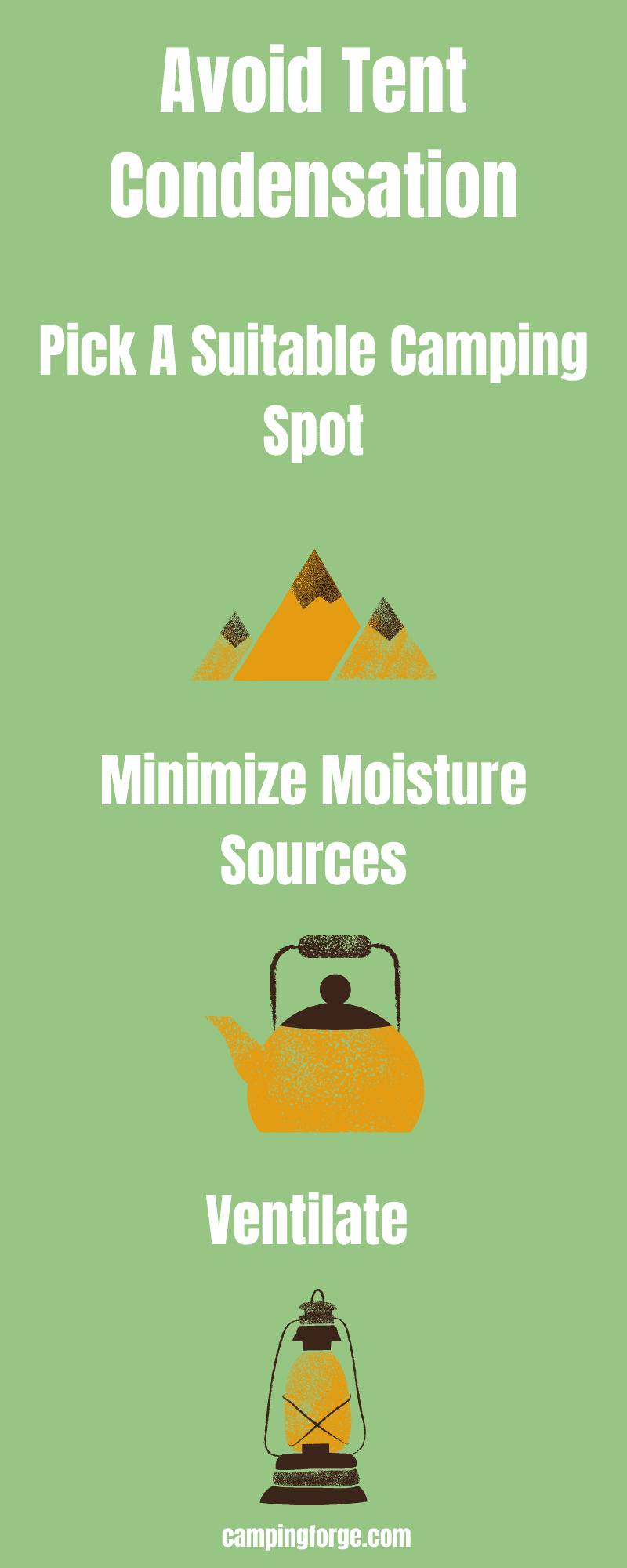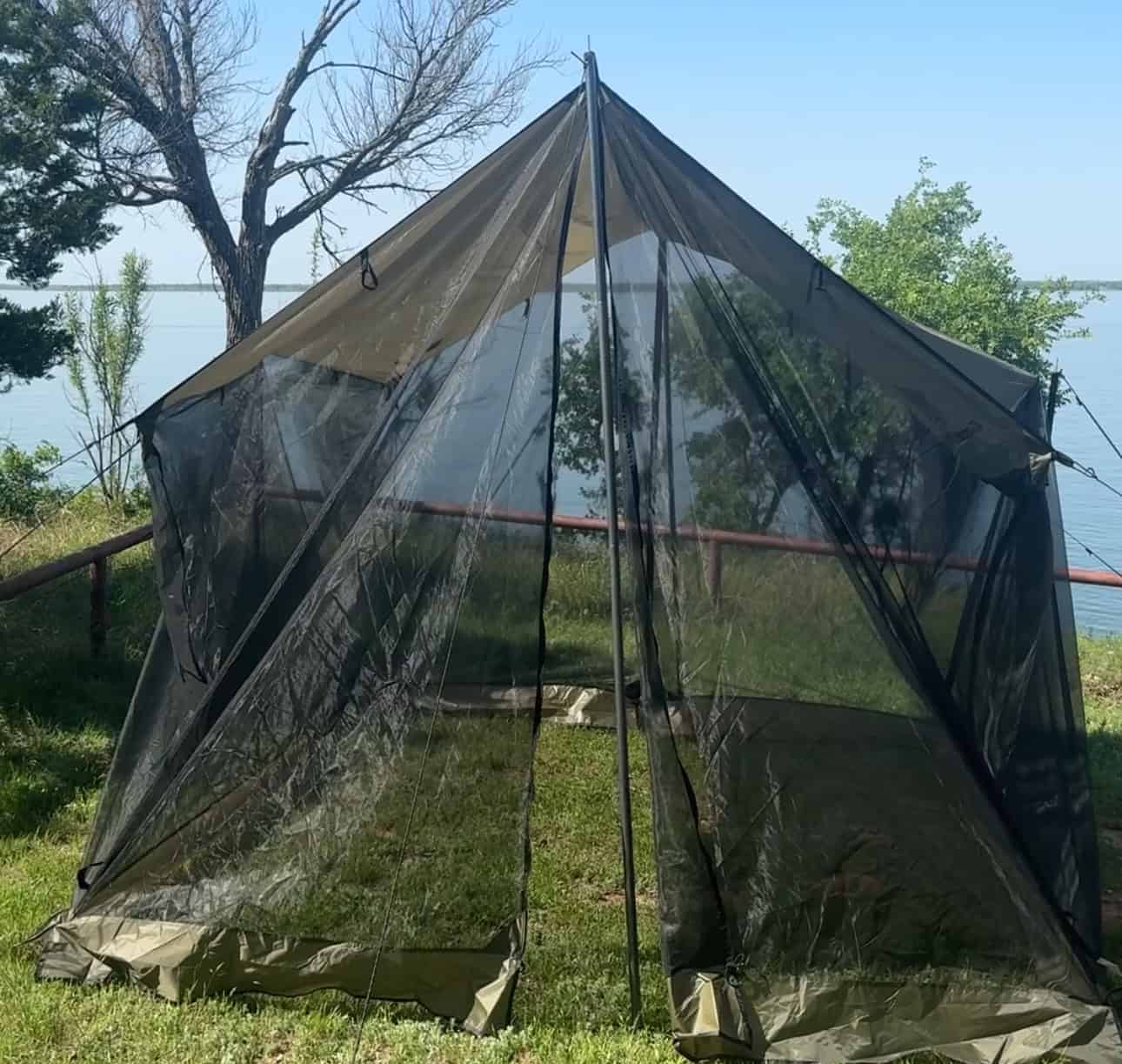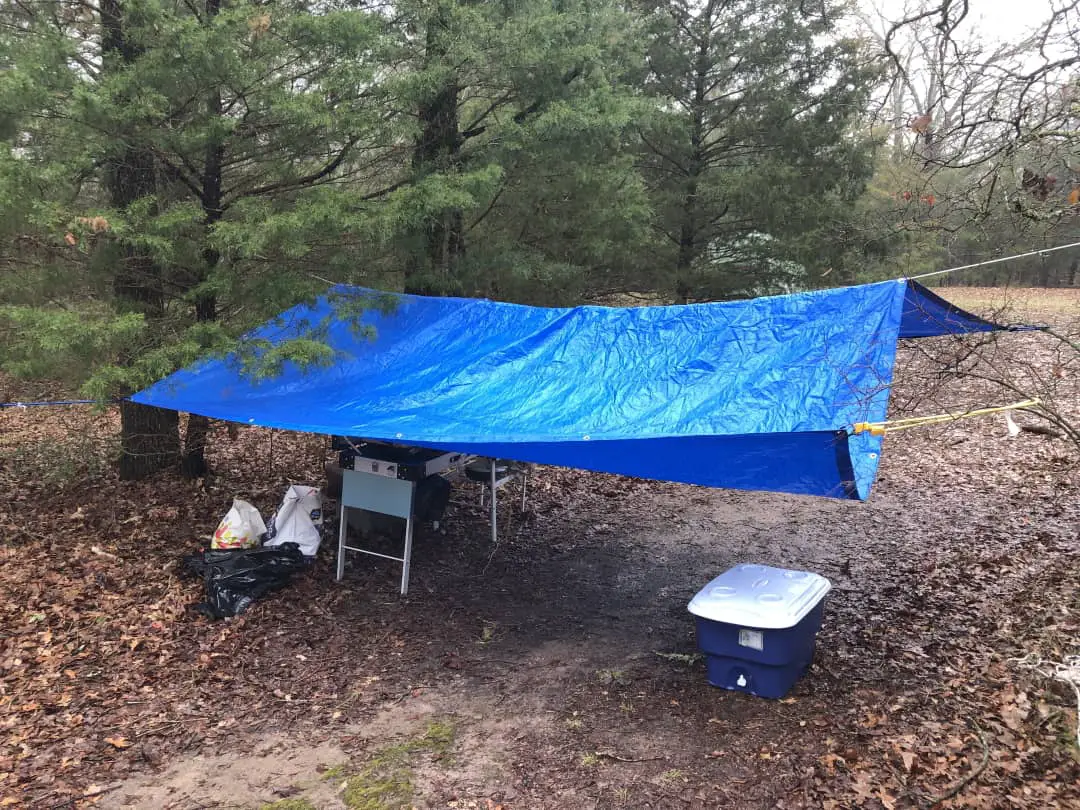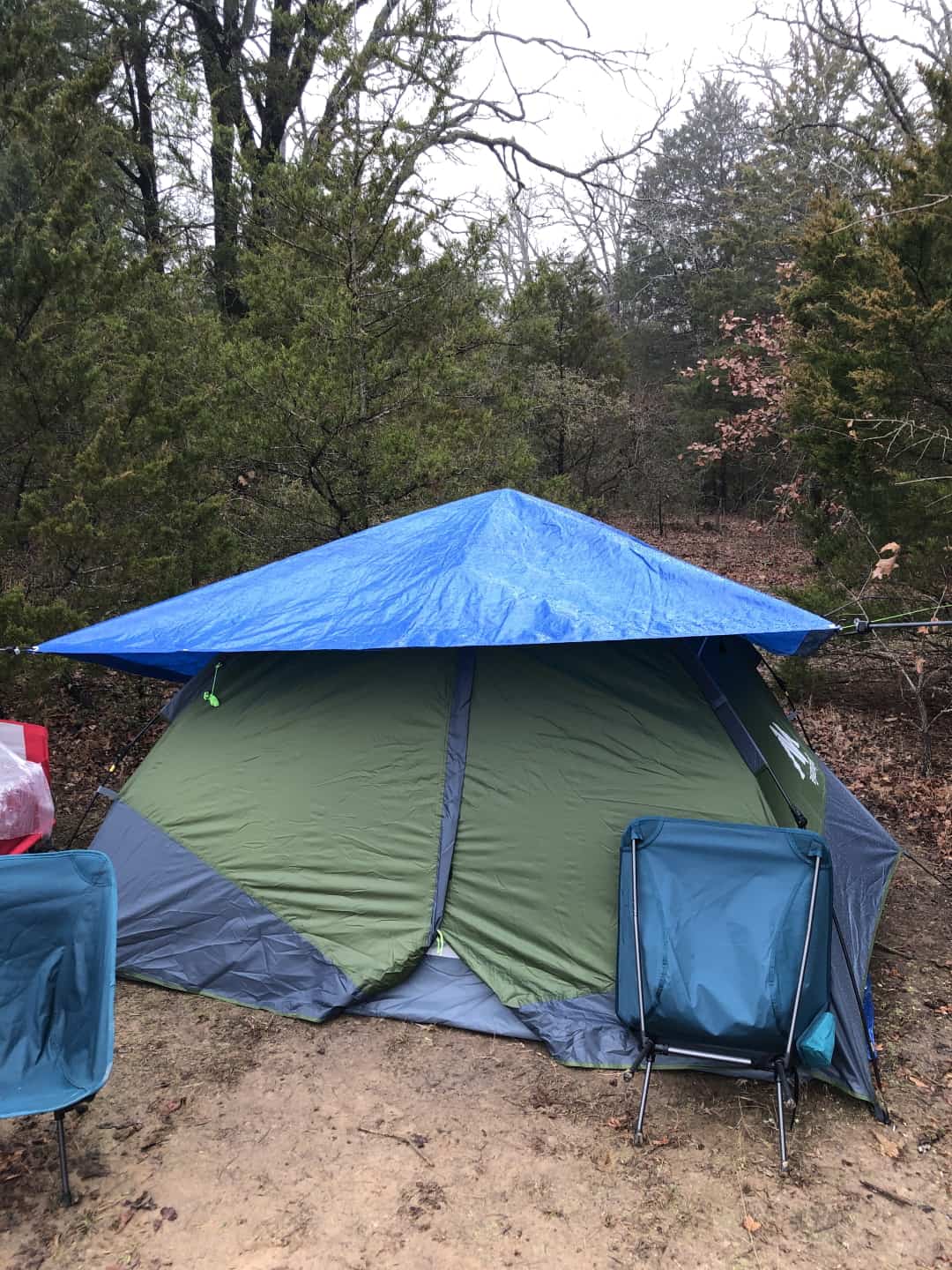3 Secrets To Keep Your Tent Dry In The Rain
If you click and purchase with one of our links, we earn a commission. Thanks.
Every camper becomes an expert weather forecaster regarding the week of their camping trip. That’s because nothing can ruin a campout more than a cold, heavy rainstorm.
My friend Randall insists that rain is part of camping. I agree, but the average family who goes camping only goes once a year for a weekend.
The last thing you want to do is to plan for a campout and then be stuck in your tent for the entire trip.
Rain isn’t just annoying. Thunderstorms can be dangerous. A strong wind can cause limbs to fall onto your tent. No matter how waterproof your tent is, if you camp enough times, eventually, you will encounter a storm that will flood your tent.
In the worst case, there are disasters like flash flooding and tornadoes.
This guide will share my best tips for camping in the rain.
Test Your Tent Before You Go
The last thing you want to deal with is a leaking tent while you’re trying to sleep on a campout. All new tents should be waterproof out of the bag.
But you want to make sure to test your tent before your campout. The best test would be to set the tent up in your backyard during a rainstorm.
First, you want to make sure you know how to connect the rainfly to your tent. Many tents are now double-wall. Double walls are great for ventilation and reducing condensation. The inner wall is a mosquito net mesh. The second wall is the rainfly. The rainfly will also provide additional privacy.
Second, your tent might include a footprint. Footprints go under the tent. A footprint will protect the bottom of the tent from being damaged by rocks and roots. It will also help keep water out of your tent. If your tent doesn’t have a footprint, you can put a tarp under the tent. The only time I have ever been flooded out of a tent, was the one the time I decided not to put down my footprint because I was tired after a long day of hiking. If you do put a tarp down, make sure it doesn’t stretch past the tent bottom. Otherwise, it will collect in the tarp. Moats are cool for castles, not for tents.
Third, after the rain, check for leaks in the tent. If there are leaks you will need to determine why. The leaks might not be something that needs repair. I once forgot to zip up a small vent in my tent before the test. If it is an older tent, you should apply waterproofing spray. You might also need to apply sealant or seam tape. If there’s a hole in the tent, you might be able to patch it using a patch kit.
Finally, if you can’t wait for it to rain, you can test your tent with a garden hose.

Setup A Covered Shelter For Eating And Hanging Out

You don’t want to be stuck in your tent if it rains. You can purchase a shelter like this one from GearTop.
This is large enough to cover a picnic table at a prepared campsite. Or for 4-6 people to sit in camping chairs. It’s also screened so that you can use it during dry weather to keep the bugs away.
You can even use it as an additional cover over a tent, hammock, or cot.
Bring Tarps And Tarp Poles And Bungee Cords And Rope

Tarps are a camper’s best friend.
You can hang a tarp to provide a dry spot to hang-out instead of being stuck in your tent. Hang it high enough so that you can still have a campfire and cook. This is why I keep a set of tarp poles, bungee cords, and a lot of paracord on hand.
You can also hang a tarp over your tent. This provides additional protection from the rain. If the tarp is large enough, you can even have a dry spot outside the tent.
Dress Properly
There’s a saying that there’s no such thing as bad weather, just bad gear.

I recommend a full rainsuit. This will keep you dry if you need to do camp chores in the rain. You might even be able to hang outside in the rain if its light rain.
A rainsuit is also another layer of protection against the cold.
Location

When selecting a spot for your tent, make sure to look out for dead trees and branches. A strong wind can knock them down. A falling tree branch can kill you. This is why we call them widowmakers.
You also don’t want to be at the bottom of an incline where water can collect. Nor do you want to be on the top of a hill where you will be under threat of lightening.
Also be aware of any rivers, streams, or lakes that could flood. If you are in the desert be aware of dry riverbeds that might flood during a rainstorm.
Rent A Cabin
My favorite spot to camp in central Texas is at Lake Whitney’s Corps of Engineers campgrounds because they have covered picnic tables. That way if it’s raining, we can hang out at the picnic table.
Many state parks will have spots with simple cabins for rent. These are not glamping cabins. They are 4 walls and a door.
If you are only going to be able to camp once per year, it’s worth having the cabin to spend time together instead of being crammed in a tent.
Bring A Phone Charger And Board Games
If you’re going to be stuck in the tent or cabin because of the weather, make sure everyone has something to do.
For most of us, that is going to involve our phones and tablets. I’m sure you brought your kids campaign to get them off their devices, but if you’re stuck in a tent, all of us are going to turn to our phones.
Even when I’m camping by myself, I prefer to listen to podcasts. My friend Scott reads books on his tablet.
But I also keep a box of “Cards Against Humanity” on hand when we’re on a group campout.
Keep Tabs On The Weather
If you have phone service, use your favorite weather application to keep track of the weather.
I live in Texas and thus we have to be aware of severe weather. I’ve been on campouts where we were supposed to have light rain and ended up with a hailstorm.
In 2024, a tornado passed through one of our state parks. I can’t imagine anything scarier.
If you don’t have phone service, you need to use a radio. This could be a portable weather radio or at the least, your car radio.
Don’t Be Afraid To Leave
There’s no shame in packing up and going home early because it sucks to pack a wet tent. Or if there’s a good chance for severe weather.
I also remember one time i planned to cowboy camp in a group shelter. But the sprinkles turned to lighting strikes around the campground. So I bailed to my car. I learned that the passenger seat of a Toyota Highlander is remarkably comfortable.
Dry Out Your Gear Before Packing It Up
If your gear does get wet because of the rain, make sure to dry it thoroughly before packing it away. You don’t want your gear to develop mold.